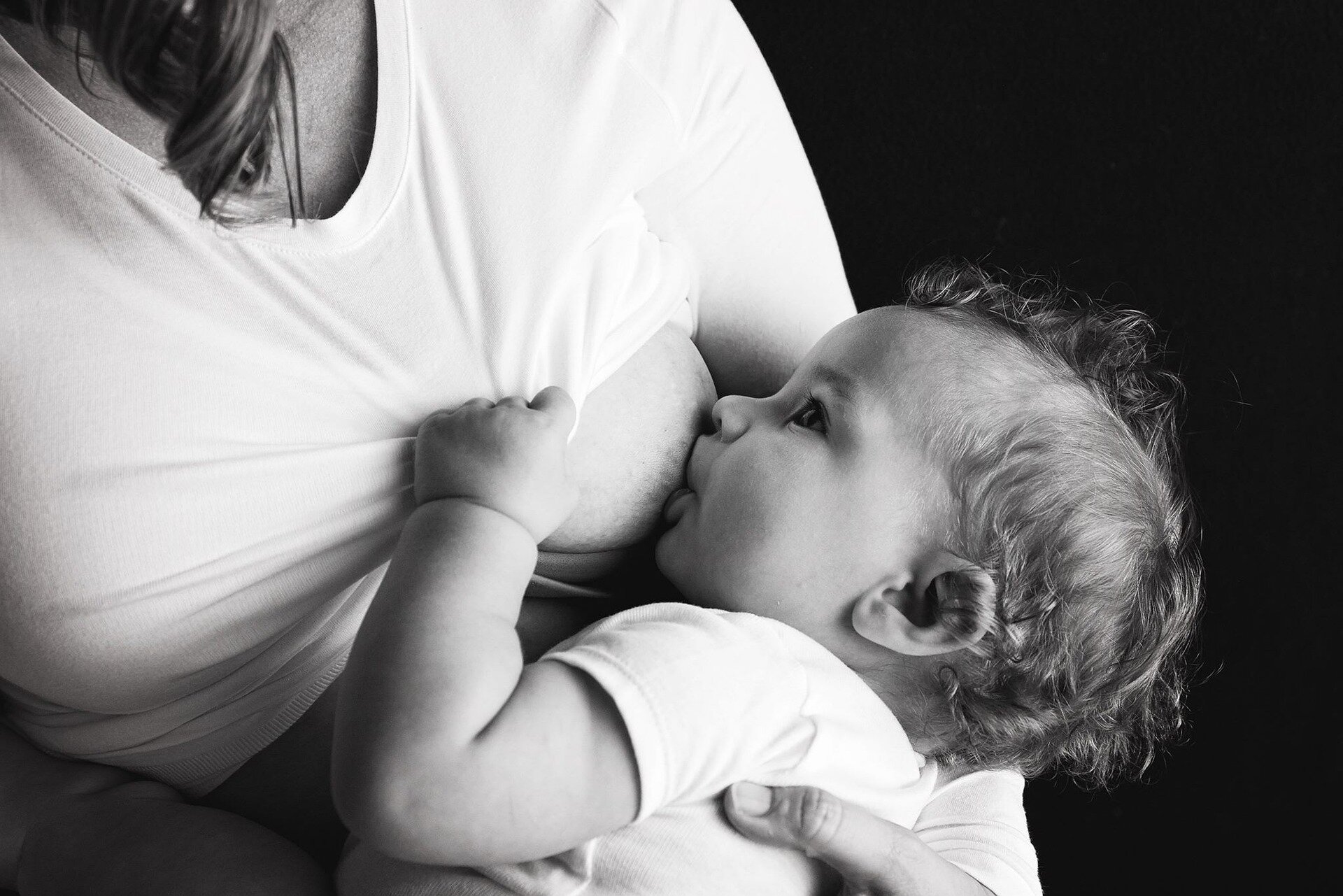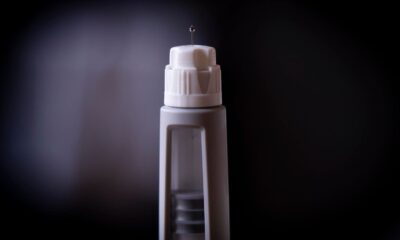Health
Research shows that THC lingers in breast milk without a clear peak point

Credit: Pixabay/CC0 public domain
When breastfeeding mothers used cannabis in a recent study, the psychoactive component THC emerged in the milk they produced. The Washington State University-led study also found that, unlike alcohol, when THC was found in milk, there was no consistent time when the concentration peaked and began to decline.
Importantly, the researchers found that the amount of THC they found in milk was low. They estimated that babies ingested an average of 0.07 mg of THC per day. For comparison, a commonly used low-dose edible contains 2 mg of THC. The research team emphasized that it is unknown whether this amount has any impact on the child.
“Breastfeeding parents should be aware that if they use cannabis, their babies are likely ingesting cannabinoids through the milk they produce, and we don’t know if this has any effect on the developing child,” says Courtney Meehan, a biological WSU anthropologist. led the project and is the corresponding author of the study.
Because other research has shown that cannabis is one of the most commonly used drugs during breastfeeding, the researchers wanted to find out how long cannabinoids, such as THC, lasted in breast milk.
For this study, published in the journal Breastfeeding Medicineresearchers analyzed milk donated by twenty breastfeeding mothers who used cannabis. The participants, all of whom had children under six months of age, provided detailed reports of their cannabis use. They collected milk after not using cannabis for at least 12 hours and then at regular intervals after use. All this happened at their home, at a time of their choice and with cannabis they purchased themselves.
The researchers then analyzed the milk for cannabinoids. They found that the milk produced by these women always contained detectable amounts of THC, even when the mothers had abstained for 12 hours.
“Human milk contains compounds called lipids, and cannabinoids are lipophilic, meaning they dissolve in those lipids. This could mean that cannabinoids like THC tend to accumulate in milk – and possibly in babies who drink it” , says Meehan.
The study also found that people had different peak THC concentrations in their milk. In participants who used cannabis only once during the study, cannabinoids peaked about 30 minutes to 2.5 hours after use and then began to decline. Among participants who used multiple times during the study, the majority showed continued increases in concentrations throughout the day.
“There was such a range. If you try to avoid breastfeeding when THC levels peak, you don’t know when THC is at its peak in the milk,” said lead author Elizabeth Holdsworth, who worked on this. study as a postdoctoral fellow at WSU and is now on the faculty of The Ohio State University.
A related qualitative study published in the Journal of Cannabis Research by the research team found that many breastfeeding mothers use cannabis for therapeutic purposes – to manage anxiety, other mental health problems or chronic pain. The mothers often preferred cannabis to using other medications because they felt it was safer.
“Our results suggest that mothers who use cannabis are informed in their decisions,” said co-author Shelley McGuire, a professor at the University of Idaho who studies maternal and infant nutrition. “These women were conscious of their choices. This is far from an arbitrary lifestyle choice.”
Although in most cases the women used cannabis as an alternative treatment for various conditions, McGuire pointed out that there is no evidence yet whether it is safer or more harmful. In fact, scientists know almost nothing about how many commonly used medications can affect breastfeeding babies, in part because women, especially those who breastfeed, have historically been left out of clinical trials of drugs.
“This is an area that needs substantial, rigorous research so mothers know what is best,” McGuire said.
There has been some research on alcohol, with guidelines for new mothers to wait at least two hours after consuming alcohol before breastfeeding. Nothing similar has been developed for cannabis, which is becoming increasingly popular.
The collaborative research team is currently working to address some of this knowledge gap with further research into cannabis use by breastfeeding mothers, the holistic composition of the milk they produce and its effects on child development.
More information:
Elizabeth A. Holdsworth et al, Cannabinoid concentrations and associations in human milk with maternal factors: the Lactation and Cannabis Study (LAC), Breastfeeding Medicine (2024). DOI: 10.1089/bfm.2024.0021
Caroline B. Smith et al., Cannabis Use, Decision Making, and Risk Perceptions in Breastfeeding People: The Lactation and Cannabis (LAC) Study, Journal of Cannabis Research (2024). DOI: 10.1186/s42238-023-00212-w
Quote: Study shows THC lingers in breast milk without clear peak point (2024, May 8), retrieved May 12, 2024 from https://medicalxpress.com/news/2024-05-thc-lingers-breastmilk-peak.html
This document is copyrighted. Except for fair dealing purposes for the purpose of private study or research, no part may be reproduced without written permission. The content is provided for informational purposes only.













